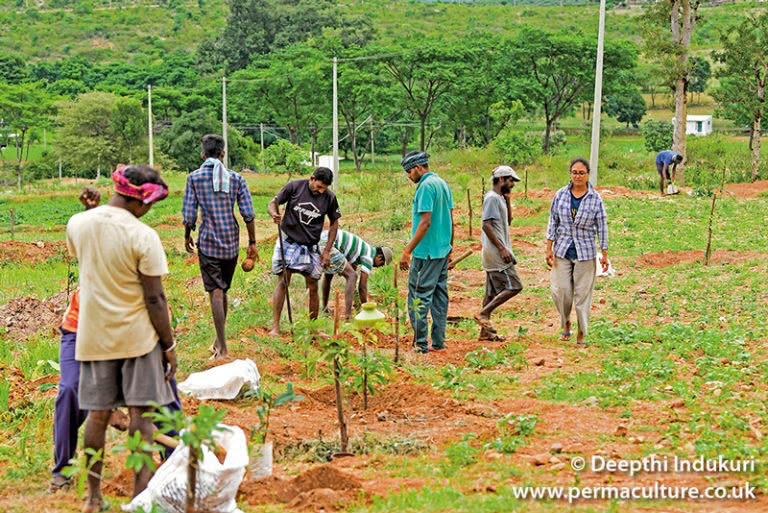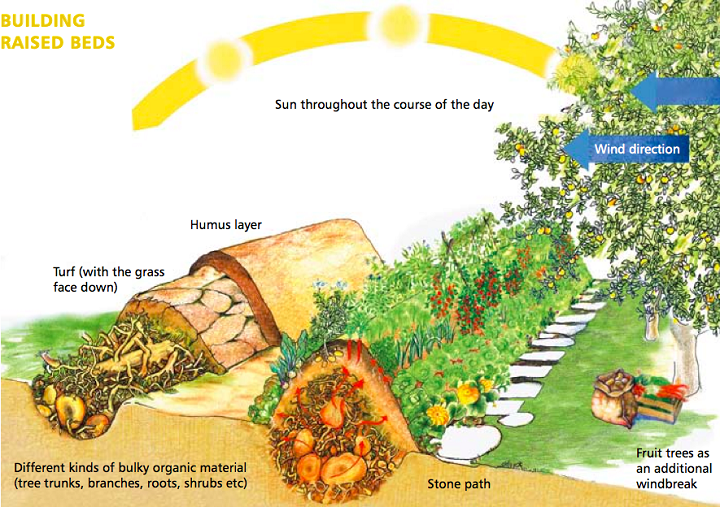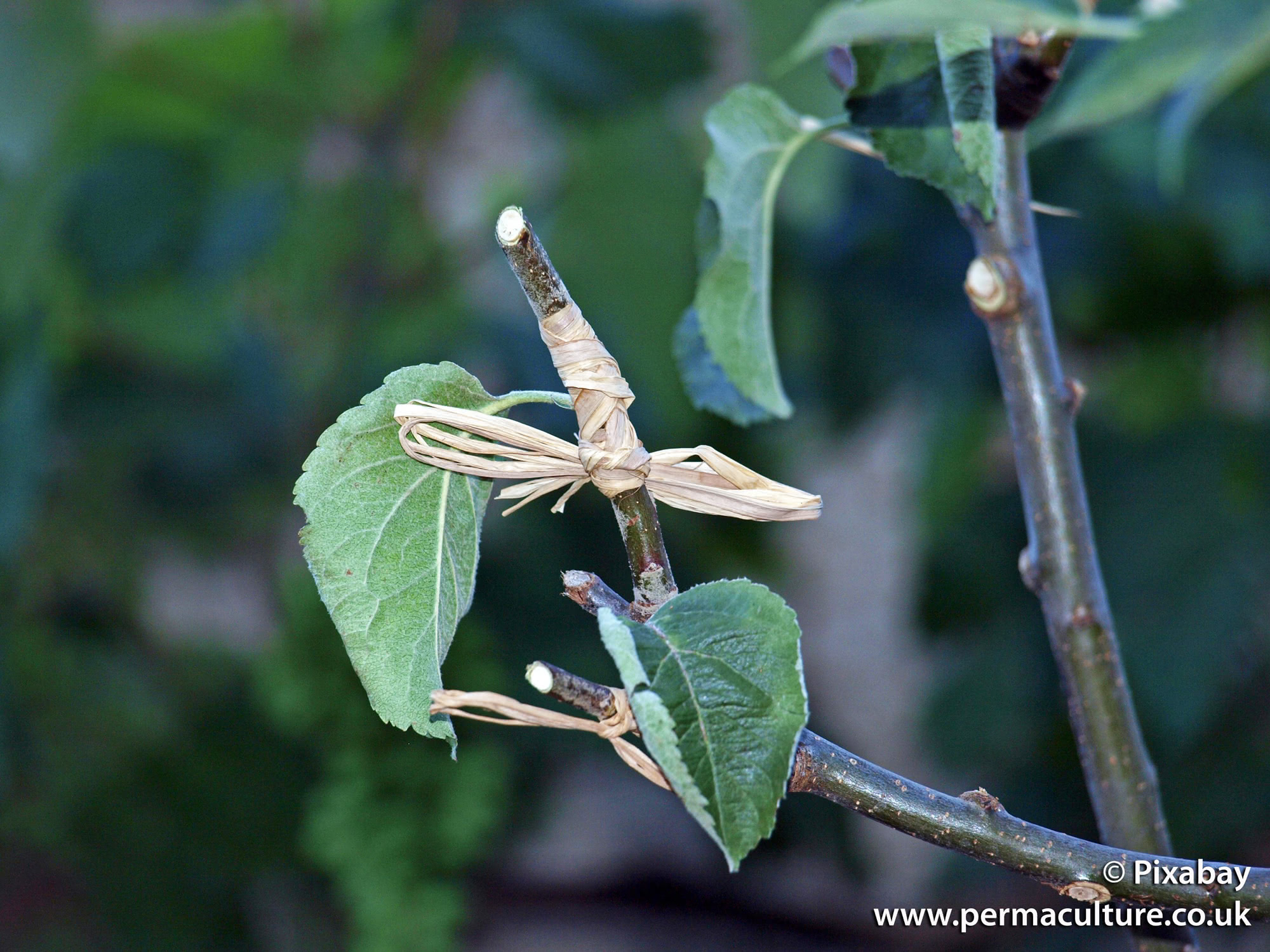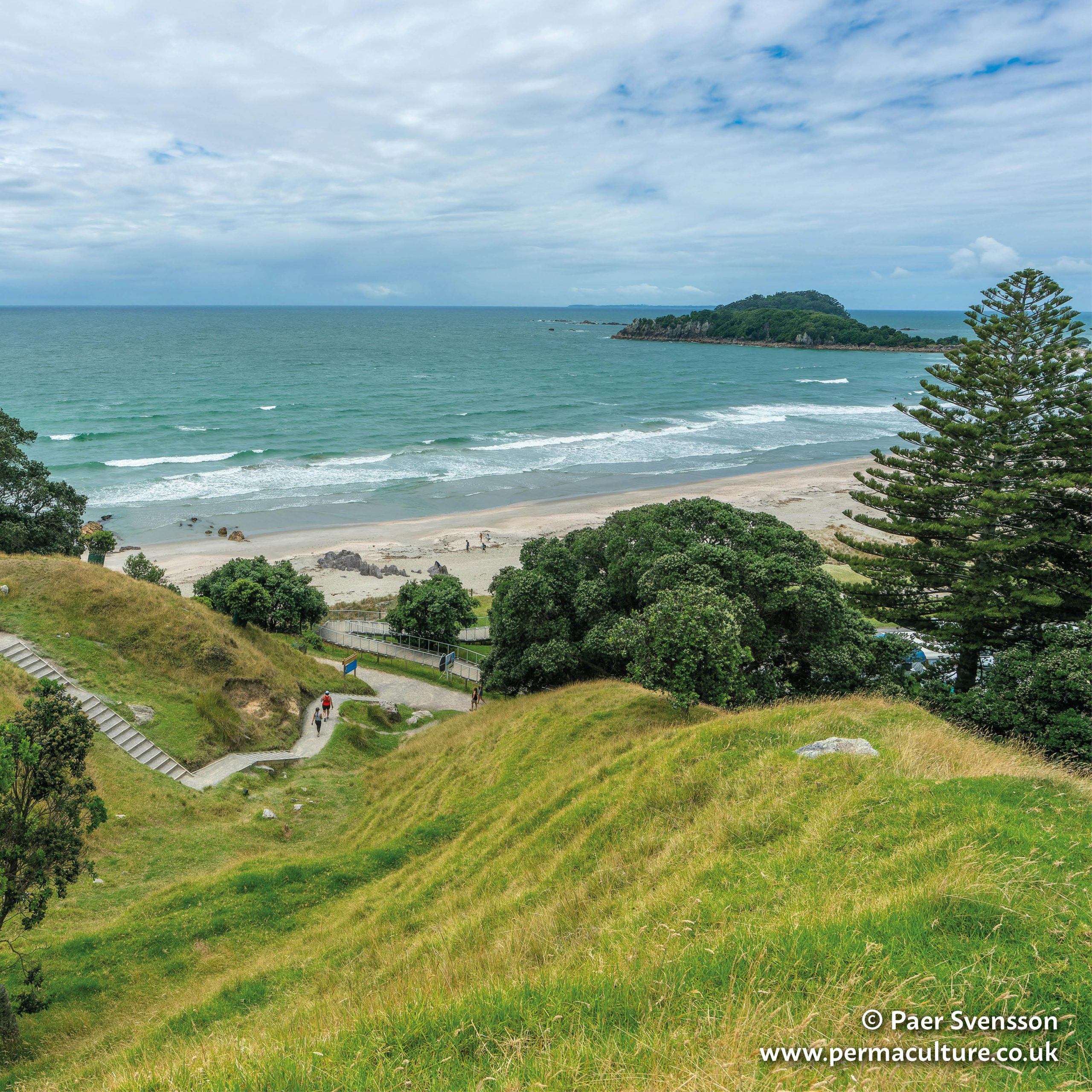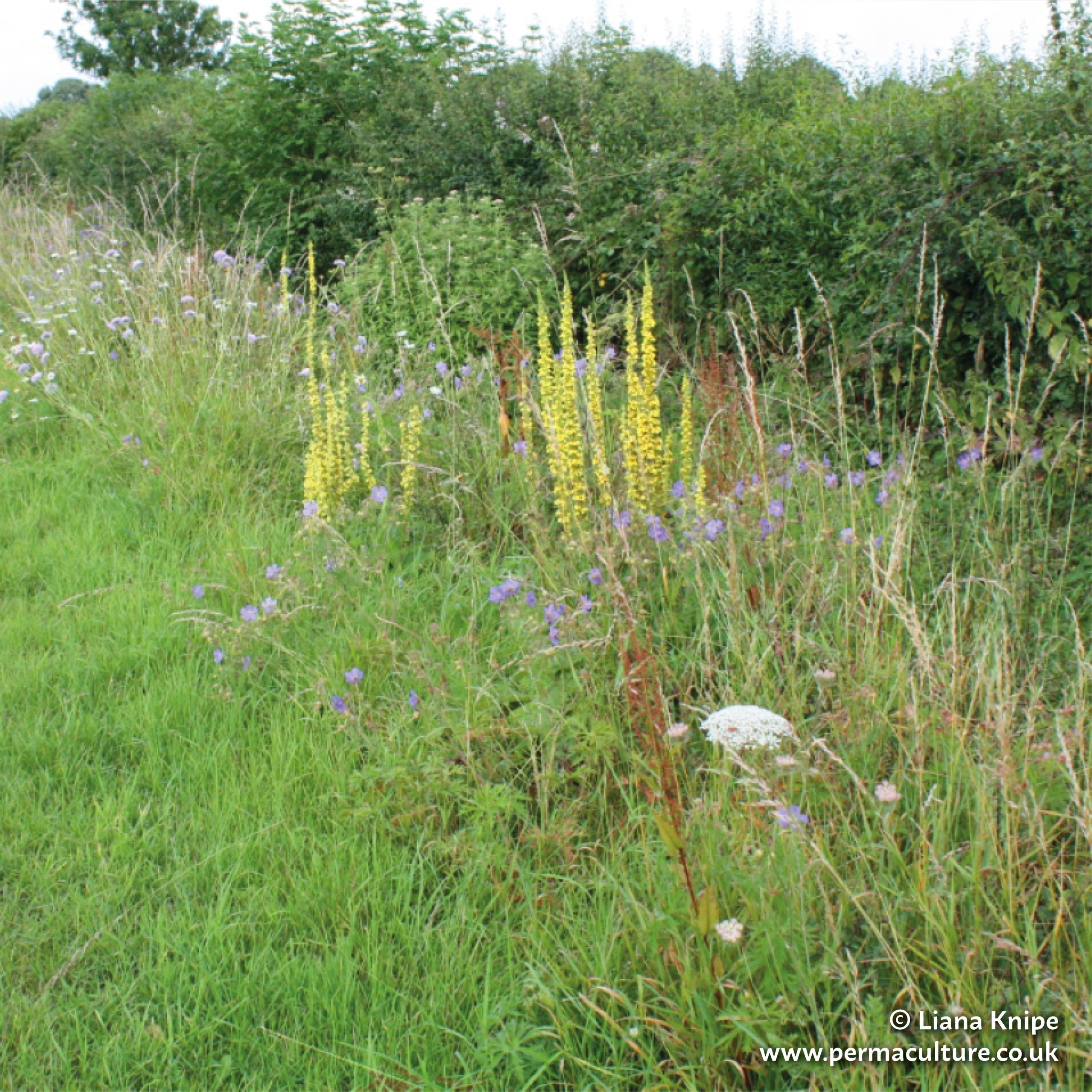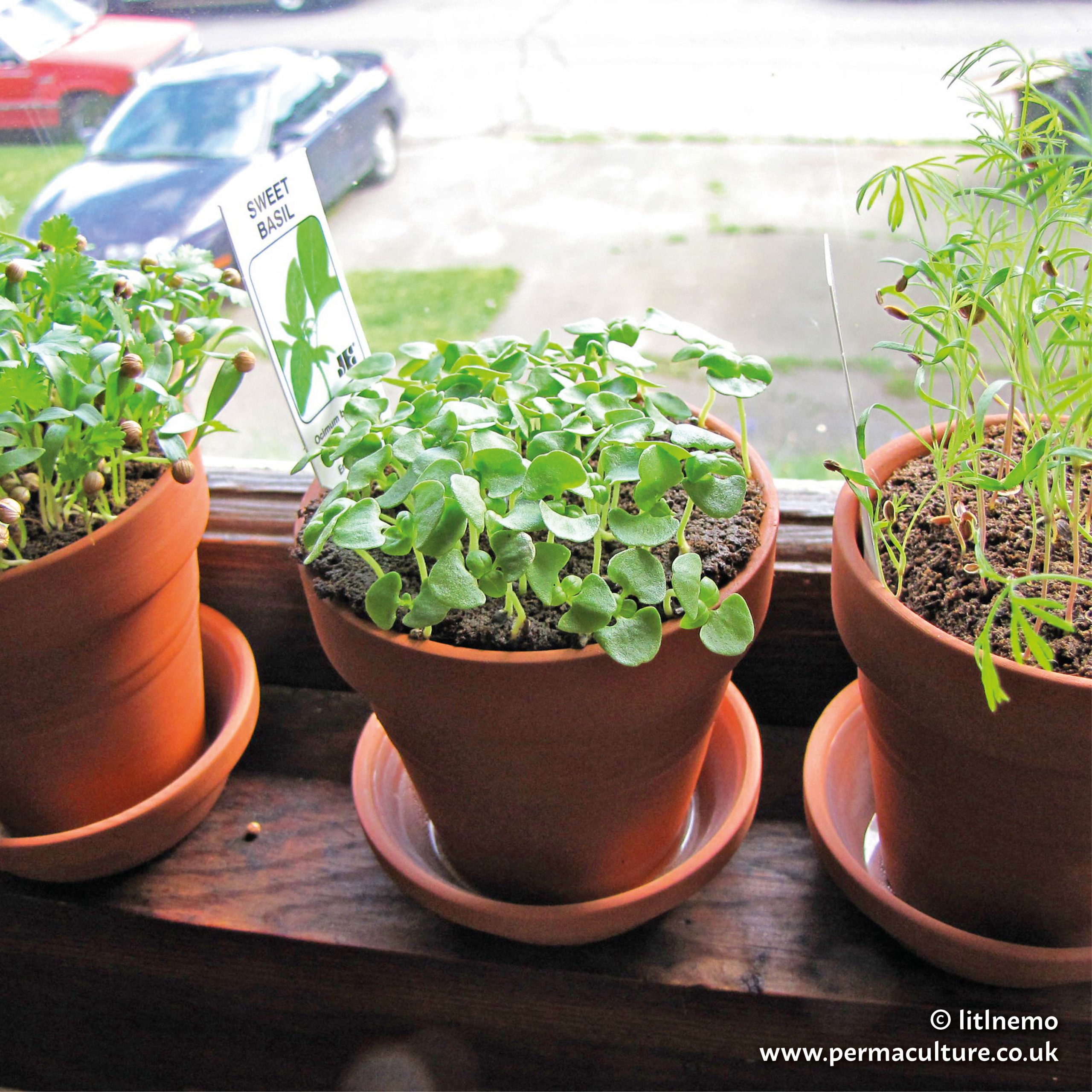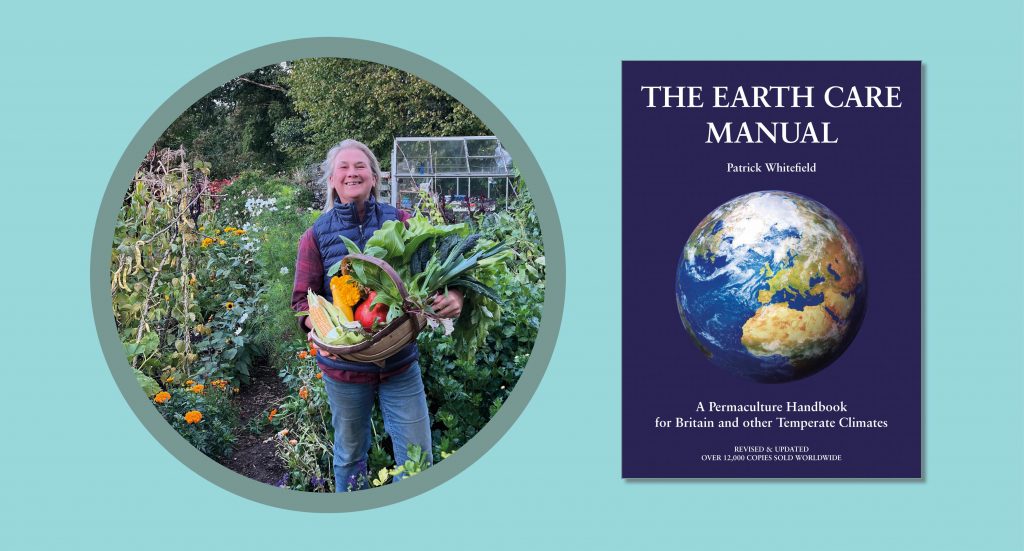
I first encountered permaculture as a young mother with small children, exploring permaculture gardens at eco-festivals. I was growing food at home, mostly following the advice in Geoff Hamilton’s excellent book Organic Gardening (in those days I had not heard of no dig gardening!) and these festival gardens broadened my horizons, especially with regards to the many potential uses of comfrey! Charming though the herb spirals and curvy paths were, I had no idea that permaculture was actually a design system rather than just a eco-friendly way of gardening.
The book that first properly introduced me to permaculture was The Earth Care Manual: A Permaculture Handbook for Britain and Other Temperate Climates by Patrick Whitefield. Packed with a wide range of information, including the design process, biodiversity, gardening, microclimates, energy and water, it expanded my knowledge and inspired me to explore other permaculture publications and ideas – including subscribing to Permaculture magazine. Eventually I got to know Patrick and was inspired by the gentle way he shared his expansive knowledge.
Patrick was an excellent writer, whose style is accessible to those new to the idea of permaculture, as well as being detailed and informative enough for more experienced practitioners. Inspirational, informative and practical, this book explains how to apply permaculture principles to any situation, from an apartment with a balcony to allotments, market gardens, woodlands and farms.
You can buy The Earth Care Manual at: https://shop.permaculture.co.uk/the-earth-care-manual.html
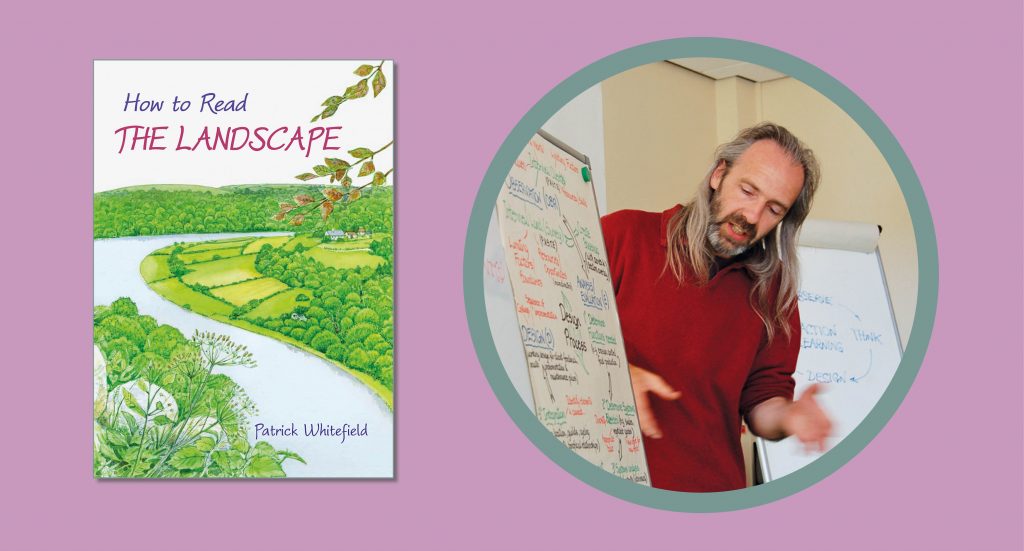
So many books have inspired me on my journey but I’m going to pick How to Read the Landscape by Patrick Whitefield. To do permaculture we first need to understand where we are, otherwise we can make mistakes. Patrick’s fascinating book taught me so much about this, about the natural environment and how our human activities have shaped it over the centuries. It’s a book that illuminates both broad landscape patterns and fine details and remains a useful reference to dip into when needed.
You can buy How to Read the Landscape at: https://shop.permaculture.co.uk/how-to-read-the-landscape.html
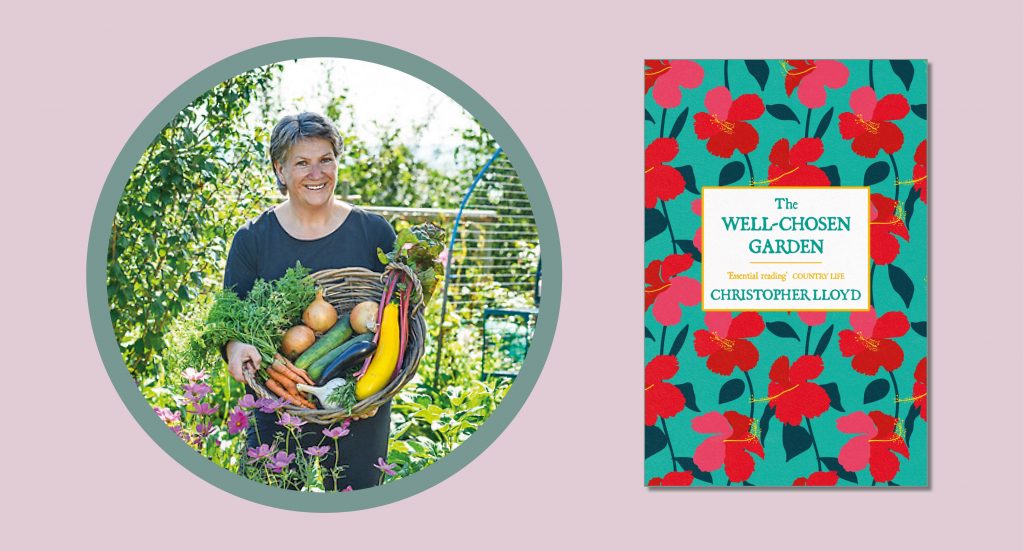
I first read The Well-Chosen Garden by Christopher Lloyd in 1984 and as a result, my whole approach to gardening changed. I felt inspired to reinterpret the growing space around me, to express myself through planting combinations and to be free to question the accepted norms and current wisdom of the gardening establishment. I revisit this book on a regular basis, it is like an old friend, supportive and comforting and is a gentle reminder of the importance those ‘aha!’ moments in life.
You can buy The Well-Chosen Garden online here.
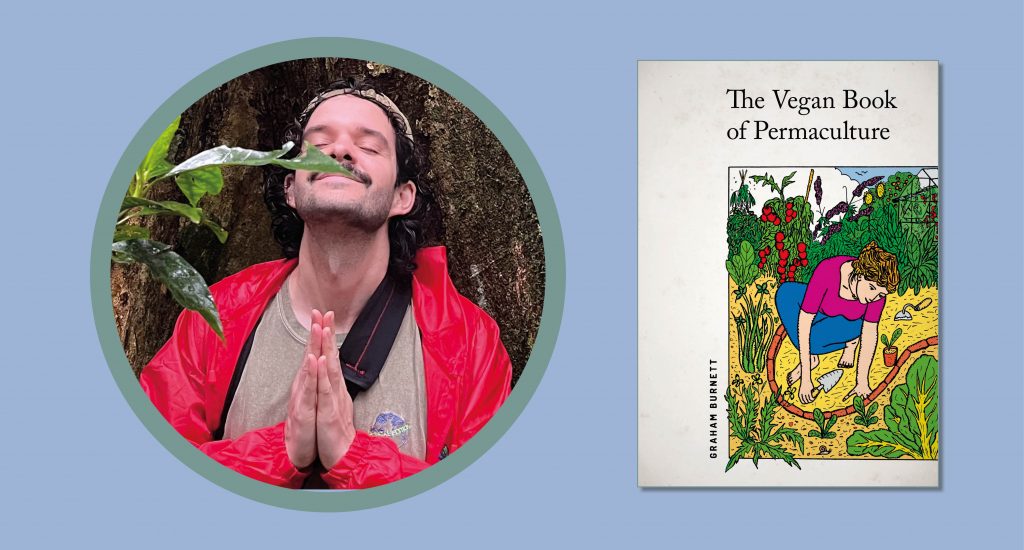
When I went to my first Introduction to Permaculture course years ago, I was greeted with warmth and wonder. “Ah, these are my people,” I thought. We were a diverse group of people, and I may have been the only Queer person there, but everyone was made to feel welcome as we explored some of the foundational ethics and principles of permaculture. I’d found a community that I had strong affection for, a community that shared many of my beliefs.
It wasn’t until a few months later, as I was exploring other books and online materials, that I began to feel some dissonance. I’m vegan, and a number of permaculture materials strongly forefronted the idea of keeping captive animals. Even now, it seems like such a heated topic.
And then I found The Vegan Book of Permaculture by Graham Burnett. It’s a book that so succinctly and joyfully describes a way of working with permaculture design from the lens of veganism and animal liberation. Mixed in with recipes, and with plenty of focus on community design from an anarchist perspective, the book describes a way of creating space for biodiversity that doesn’t keep animals captive, but rather encourages wild animals to thrive.
You can buy The Vegan Book of Permaculture at: https://shop.permaculture.co.uk/the-vegan-book-of-permaculture.html
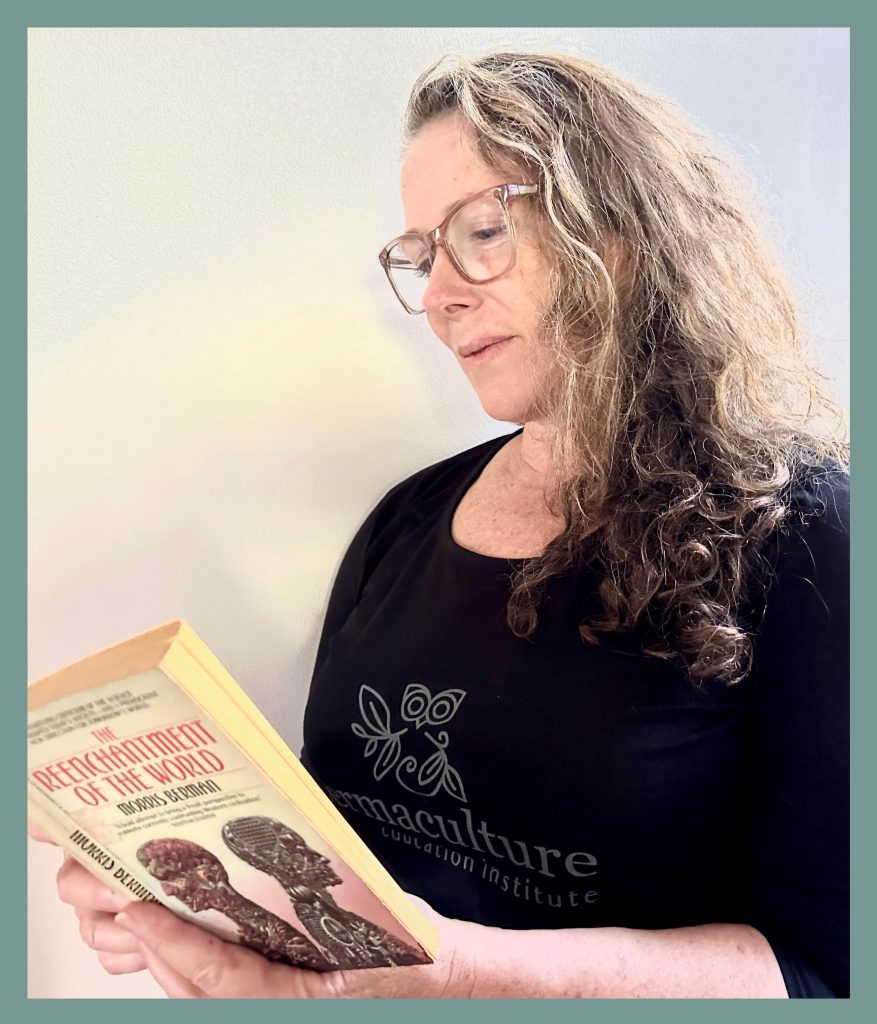
In the late 1980s, a university friend handed me a dog-eared copy of Re-enchantment of the World by the American cultural historian and social critic, Morris Berman. I can’t thank him enough! This book introduced me to the idea of an ecological worldview and how embracing a different way of seeing is at the heart of bringing positive change in the world. I began to understand how change happens though shifting our cultural narratives and enlivening our sense of what’s possible. This book led me to other activist-scholars like Fritjof Capra, and here to the world of teaching permaculture teachers – who myceliate an ecological and interconnected way of thinking and being around the world.
You can buy Re-enchantment of the World online here.
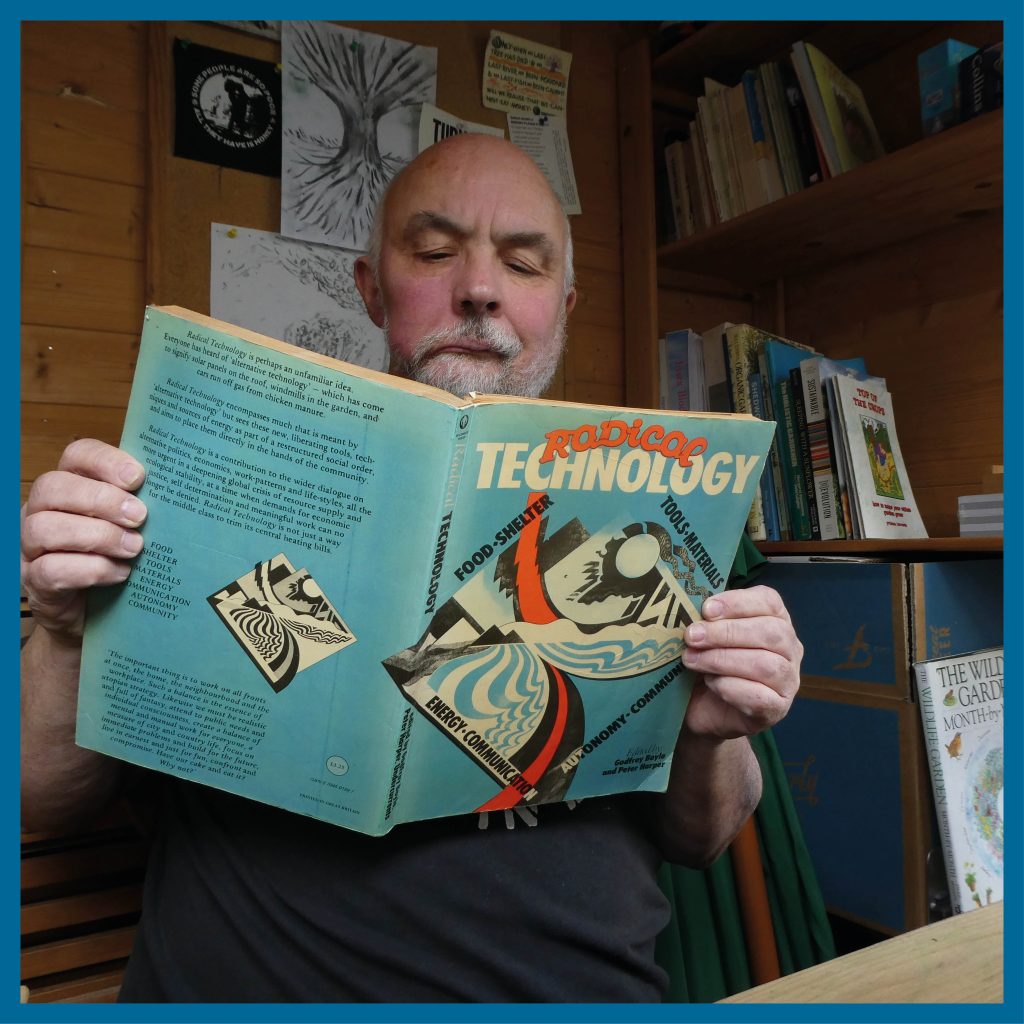
Long out of print, but I’d go for the Radical Technology anthology edited by Peter Harper and Herbert Girardet, mainly for Clifford Harper’s lovingly detailed ‘Visions’ series of utopian illustrations. These line drawings depicted solar and wind powered housing estates and community-run workshops, printing presses and radio / TV stations, and in many ways belonged to an optimistic age of counter-culture, unfashionable as Thatcher’s “No such thing as society” era dawned in the late 1970s.
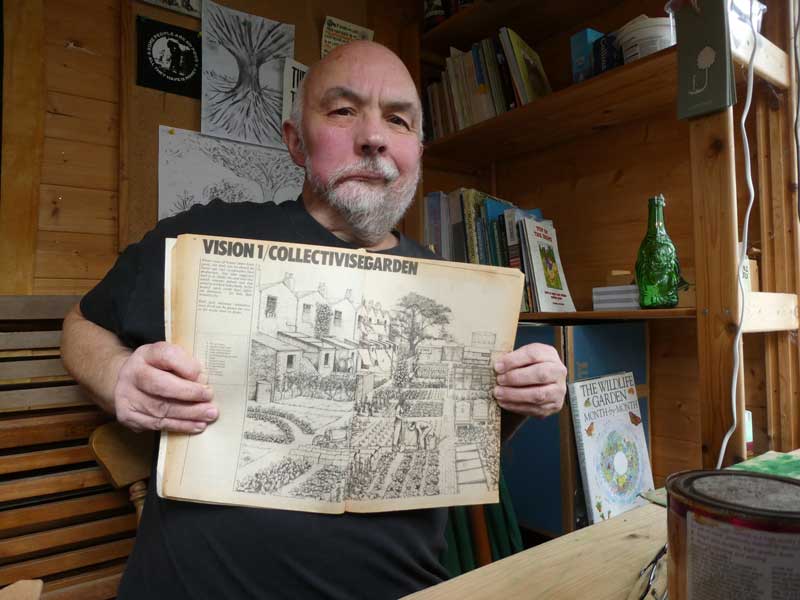
But the Collectivised Terrace image in particular was an epiphany for 17-year-old me, featuring an ordinary urban street where the fences between back gardens have been removed, turning them into shared allotments worked by (mainly women) community growers. I had a yellowing A3 photocopy of it stuck on my bedroom wall next to my Clash and Rock Against Racism posters, and it continues to inspire me to this day – Another World IS Possible!
www.thepermaculturepodcast.com
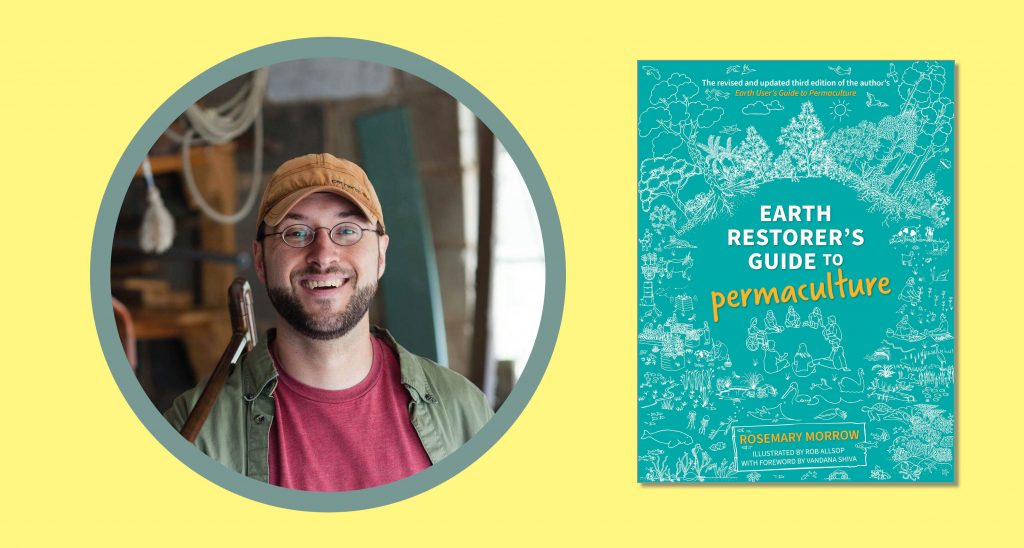
One author guides my thoughts and work on permaculture more than any other, Rosemary Morrow. For many years that was through the multiple editions of Earth User’s Guide to Permaculture, which Rowe recently updated and expanded upon with Earth Restorer’s Guide to Permaculture. This latest title has become the book that I recommend for anyone on the path of ecological design as she covers permaculture at every scale and scope, including structures visible, invisible, and political. Earth Restorer’s Guide to Permaculture is the Designers’ Manual for the 21st Century.
Buy Earth Restorer’s Guide to Permaculture from the publisher here.
www.ktshepherdpermaculture.com
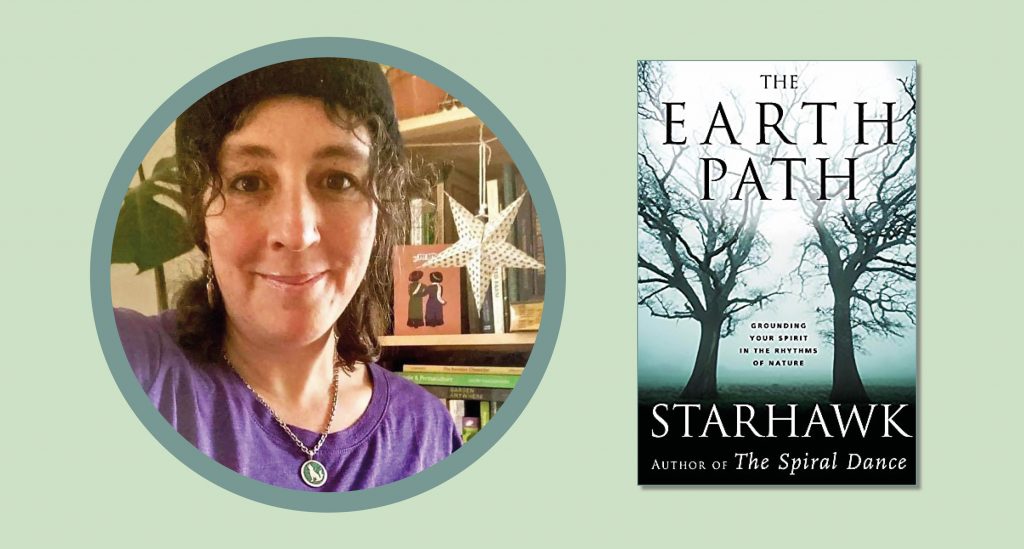
The Earth Path is a book I have read, leant, given away and repurchased several times now. Starhawk’s work has inspired my life for the last 30 plus years. I initially started reading her early books about earth based spirituality and ecofeminism as a teenager and they were at the core of my developing understanding about the world and my place in it. Fast forward another 20 years when having just finished my first permaculture design course I discovered that Starhawk’s own path had also been to immerse herself into the magic of permaculture design as a tool to provide regenerative alternatives to some of the overwhelming destruction humans were inflicting on Earth. The Earth Path weaves a powerfully accessible fusion of ecology, spirituality, activism and permaculture. It covers many of the main topics included in permaculture design courses, especially Starhawk’s own Earth Activist Training PDC, which I had the privilege of taking soon after first reading The Earth Path.
More on The Earth Path at: https://starhawk.org/the-earth-path
https://matt-powers.mykajabi.com
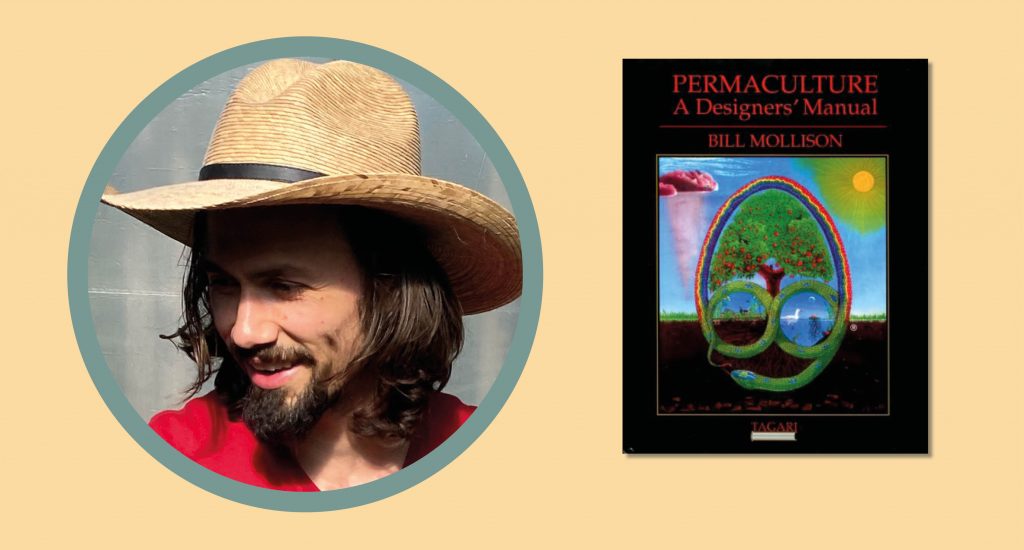
While there are many books that influenced me deeply on my permaculture journey, there’s none that compares to Permaculture: A Designer’s Manual by Bill Mollison. It is a book I read and reread over and over across my development as a gardener, educator, and author. It inspired me to write all my early Permaculture Student books, and his pattern for connecting ecosystems of ideas, I still rely upon to this day in my Regenerative Soil trilogy.
https://forestgardeninginpractice.com
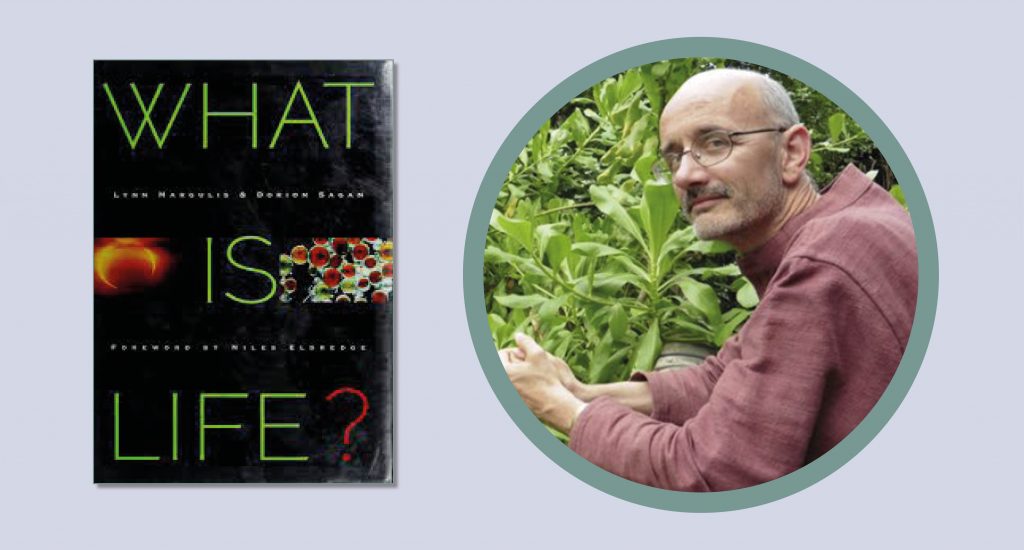
Questions don‘t come any bigger than this one, and Lynn Margulis is placed better than almost anyone to answer it. The book charts our evolution from earliest bacteria to biosphere, the book spans eons from the emergence of the first fragile life forms to today‘s exuberance across millions of species. It is a breathtaking account of the many twists, turns, near misses and eye-popping creations that our living planet and all our shared ancestors and relatives have experienced over 4 billion years. For me, ‘Life’ has never been the same again.
You can buy What is Life online here.
The Permaculture Magazine team have been publishing books and magazines since 1992.
Their YouTube channel www.youtube.com/PermacultureMagazine shares a range of videos from no dig organic gardening and food forests, to regenerative farming and keeping bees.
